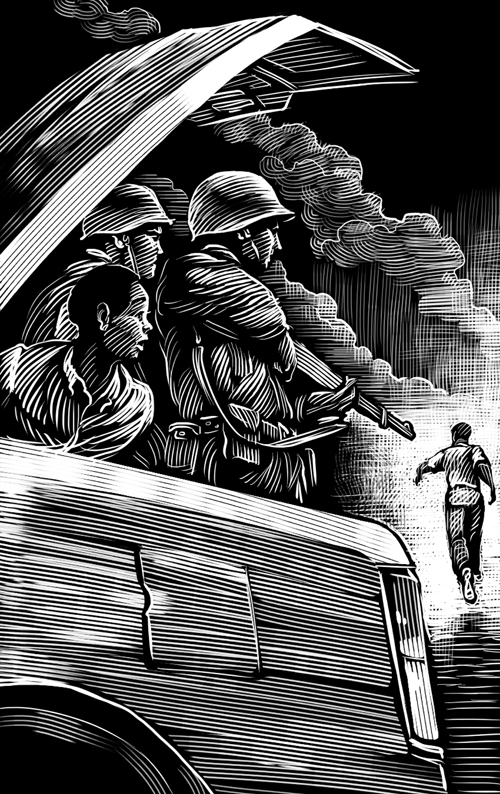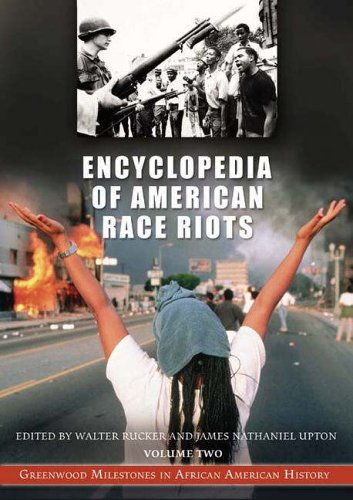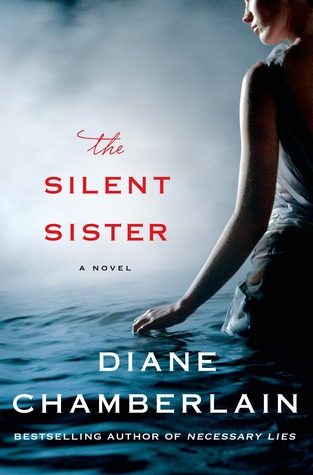In year's past, anyone who read my previous blogs knows I am not a fan of Black Friday. To many, it's the official start of the Christmas season.
It's also a primo time for crime. How do I know? I drive Uber.
No one's committed a crime in my car in all the time I've been doing rideshare. Usually, people want to get from point A to point B. But especially since the world is ready to move on from the pandemic – Whether the pandemic is ready to move on from us is another story - this year promises to be packed.
Malls and big box stores will be ideal locations for pick pockets, muggers, and the odd smash-and-grab. Already, one person has jumped in my car and talked about witnessing a fight and the aftermath of a homicide in Over-the-Rhine here in Cincinnati. Years ago, that would not even have been news. I got propositioned by a working girl there on Vine Street back in the bad ol' days. (Spoiler alert: I rolled up the window and jumped when the light turned green.) Now, however, it's party central. So when bad things go down there, it's news.
Crowds are like riots. In reality, riots are just angry crowds. And crowds bring out the worst in people. I know attending the sold out show of one local band, the Naked Karate Girls, or, as I call them, the Beastie Boys of the Queen City, I had to leave the bar several times. They're that popular. As the night wore on, alcohol worked its magic, and my then-spousal unit found herself bumped by a couple of guys who thought nothing of shoving the cute blonde (who, cute as she is, had about fifteen years on these schmucks) the way young boys pull girls' hair or snap their bras because they can't just say, "I think you're cute. Wanna dance?" When I came back into the bar after that, she pointed them out to me. The thing about drunk belligerents is weakness. Some guys are spoiling for a fight, and you avoid them unless you yourself are also spoiling. (When they won't leave you alone, all bets are off. That's usually when someone goes to the ER.) But when they prey upon someone because they perceive them to be weak, they don't handle quiet intimidation well.
So, I intimidated them. They started bumping other girls. I planted myself in front of them and pretended not to notice them. They moved away. I moved with them. They moved again. I moved with them. Anyone who's met me knows I'm the least scary person in the room. However, I'm also 6'1" with broad shoulders. A person of that description who is scowling and not saying anything?
They moved right out of the bar, out to the parking lot, and into their cars. Probably thought I was the bouncer.
Riots are worse. We all know there are people who live for riots, who, like Heath Ledger or Jared Leto's Joker, live to watch the world burn. Get a crowd worked up and angry, and they're like a pyromaniac with a box of wooden matches. They'll throw a rock in a window. They'll set fire to a car. They'll pick a fight with a cop or even a protester. Or start a fight between one of each.
In one hilarious example a few years back in Baltimore, one such gentleman found himself on CNN spouting incoherently about police brutality – Never mind he couldn't tell you the actual event that spawned it, which was a suspect not taken to the ER when he had breathing trouble – when his mother marched out on camera, grabbed him by the ear, and started dressing him down in front of not only a squad of cops in riot gear, a crowd of protestors, but the entire country. This guy wasn't protesting. He was trying to drop a match on the world. His mother's reaction to his playing with matches was similar to my mother's. Only I played with actual matches, and my mother didn't have an audience, just a fly swatter. (Pre-timeout days, but my father was an artiste with the timeout. Ask my younger brothers.)
Black Friday is somewhat like this. People used to make fun of those at Walmart at 4 AM to grab a $20 DVD player. Yet one year, my brothers and I found ourselves in Walmart on Thanksgiving. Walmart was in This-Is-Not-A-Drill-Mode with sections of the store cordoned off so workers could prepare for the next day's onslaught. It was surreal. The aisles had stacks and stacks of the DVD players with crowds of people at 6 PM on Thanksgiving standing there with their hands on them. It reminded me of a Stephen King novel about a town taken over by Sinister Forces™.
Or the Purge movies. In fact, that year, my niece was on a Purge kick, so I posted to Facebook that my brothers and I were at Walmart "where murder is legal for the next 24 hours. The new Founding Fathers thank you for shopping at Walmart. Have a blessed day." (I suspect Walmart will not be carrying any of my books, especially if one of the Waltons reads Suicide Run, but that's scifi and for another blog.)
Nonetheless, I plan to mask up and go out next weekend for Uber. There will be no shortage of those wanting to take advantage of the mad rush, and the extra trips will let me get some shopping done while I'm between shifts.
Hopefully, my crime-free streak will continue. If not, barring serious injury, I'll have another story to tell while I look for a new side hustle.
I'll be back in three weeks with my annual A Very Tom Waits Christmas. For now, here's Steely Dan's take on Black Friday, featuring the late Walter Becker…





